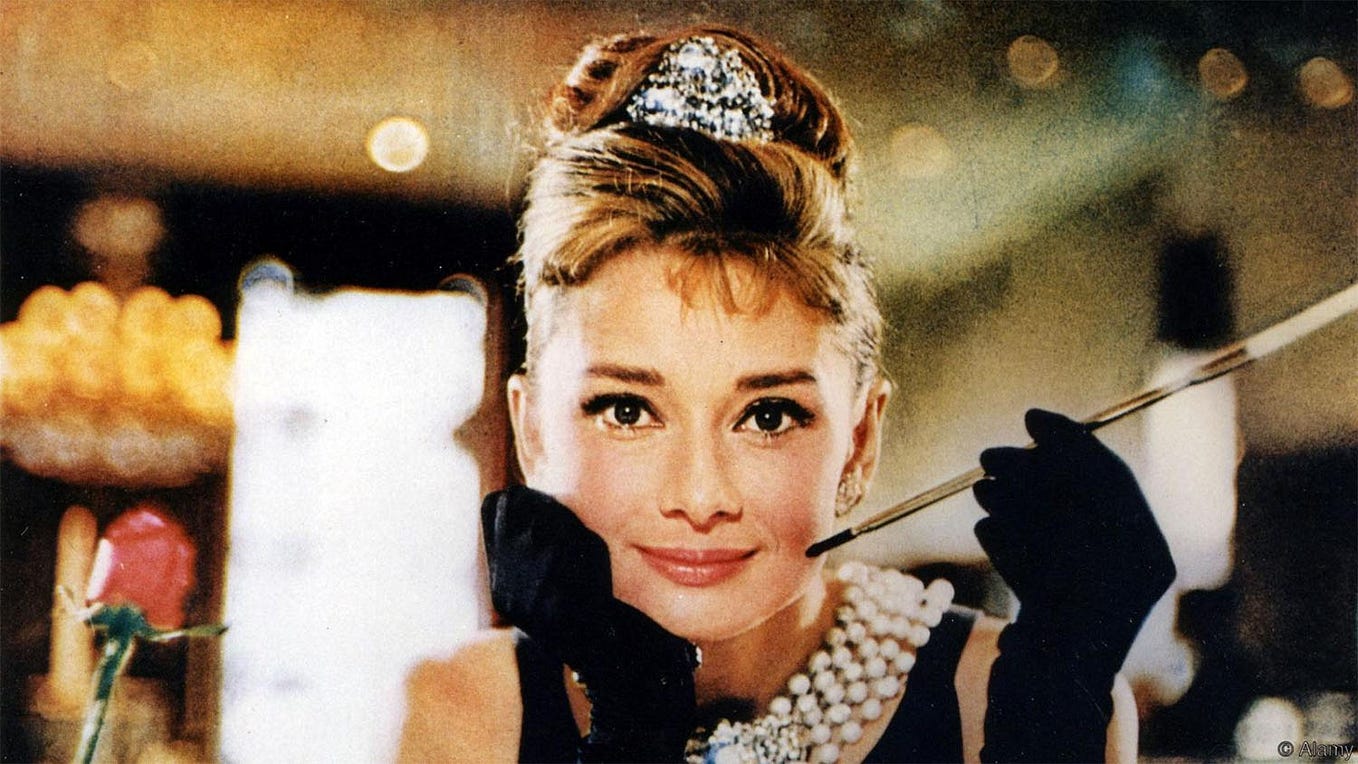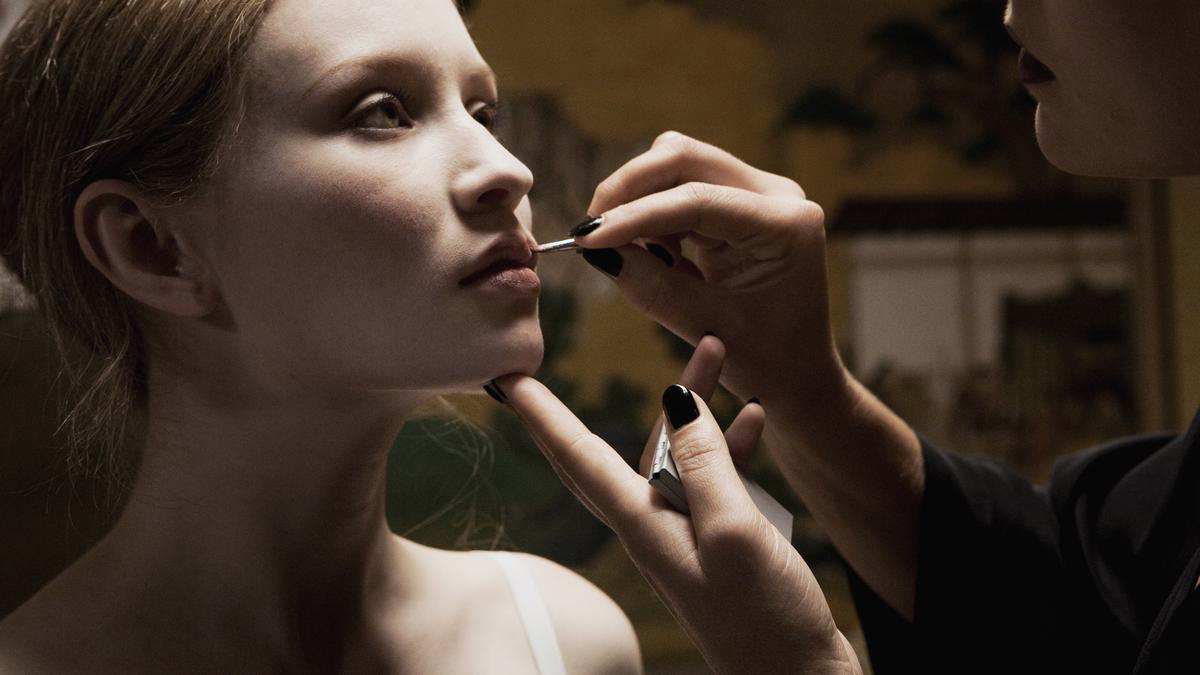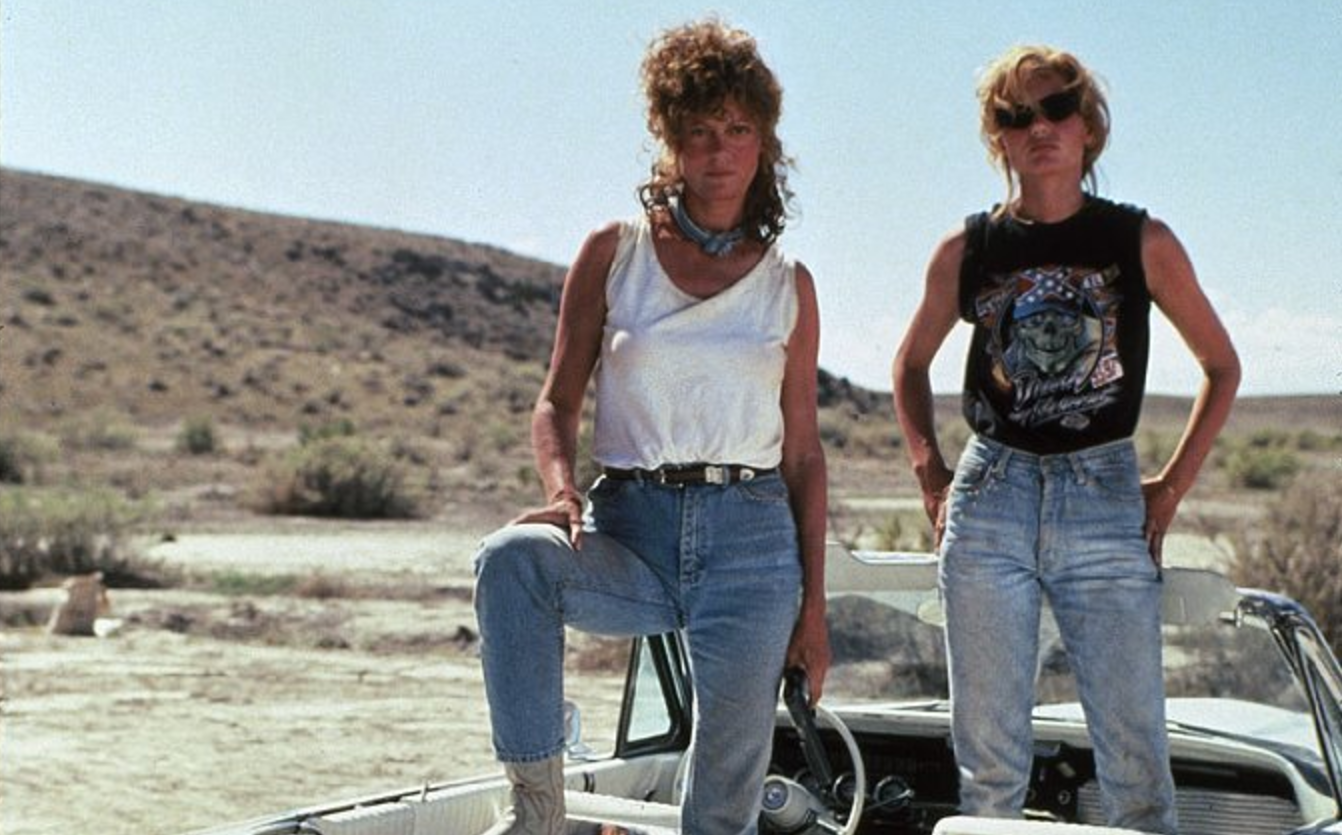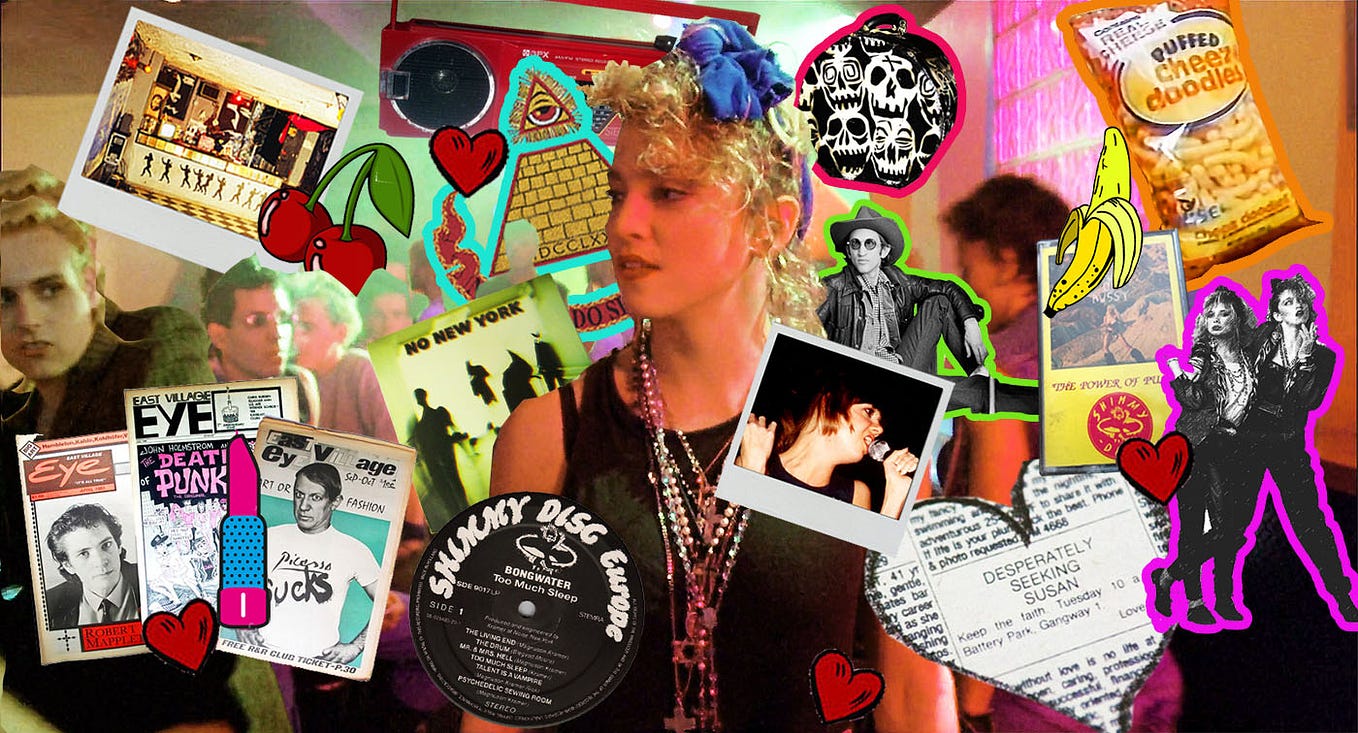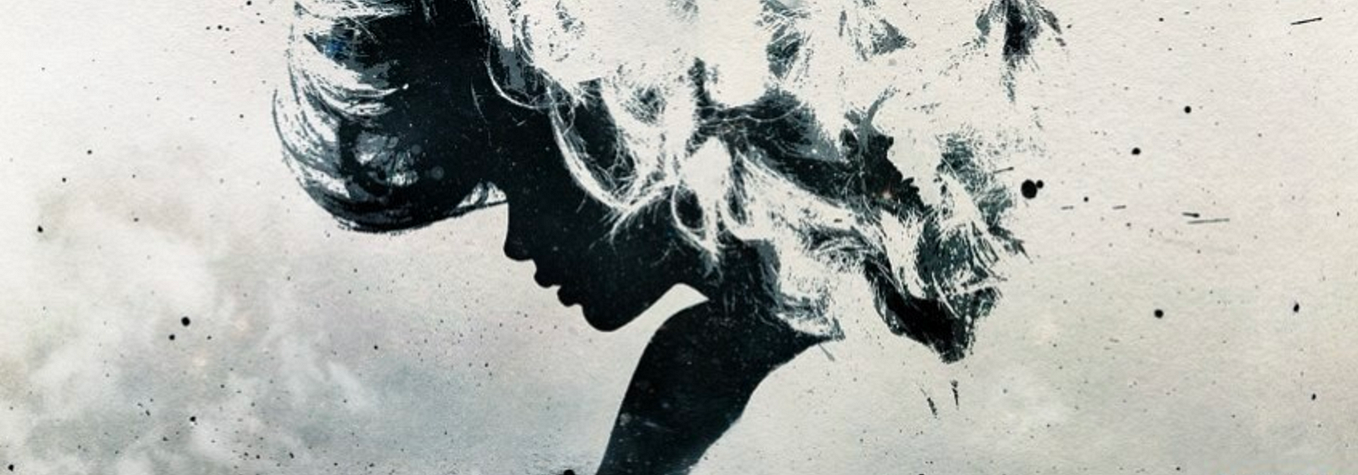All the Young Dudes: The Who’s Who of Velvet Goldmine
A guide to the real people behind the glam rock roman à clef
There’s a lot to love about Velvet Goldmine. Both a tribute to the ’70s glam rock scene and a homage to Citizen Kane, the trippy film was originally developed by director Todd Haynes as a biopic about David Bowie. But when Bowie refused to sign off on the project, Haynes was backed into that unpopular corner that so often results in unrepeatably awesome art: he was forced to get creative.
He changed the names, fudged some details, and strung it all together under his trademark gossamer veil of semiotic weirdness. And voila: magic! All of the disguises and obfuscation work particularly well because the central theme of the film is how identity itself tends to be ephemeral and ever-changing anyway. It’s a very weird, very special, movie. And it’s even more fun if you know that almost every character is based on a real person. So keep this useful guide on hand as we press play and climb aboard the Satellite of Love.
Brian Slade = David Bowie (and a little Jobriath)
Let’s start simple: Brian Slade (Jonathan Rhys Myers) is a stand-in for David Bowie. It sure seems like the “Slade” part of the name is a subtle nod to the British glam rock band of the same name who scored a hit with “Ballroom Blitz,” but maybe it just sounded cool. Anyway, this much is canon, from the mouth of Haynes himself.
Just the same, Brian Slade also parallels a few other artists — ones that are pretty apparent if you’re way into this stuff. For instance, there’s a lesser known glam rocker named Jobriath who exploded and then imploded much like Brian Slade in his own tragic story of hysteric hype followed by indignant backlash. Jobriath was openly gay, and also seems to have inspired some of the visuals in Velvet Goldmine, especially the album art.
Some say there’s a smidge of Marc Bolan woven into Brian Slade. Not so much because any of Bolan’s elven personality is there on the page (it’s not) but because Bolan was the only London glam rocker who was as important to the scene’s genesis as Brian is supposed to be in Velvet Goldmine. So really, Marc Bolan’s most important role in Velvet Goldmine is the hole left by his suspicious absence.
Curt Wild = Iggy Pop and Lou Reed (and Mick Jager and Mick Ronson)
The American Curt Wild (Ewan McGregor) is largely a mishmash of Lou Reed and Iggy Pop. Lou Reed is the one who underwent electroshock therapy as a teen in order to “treat” his homosexual tendencies. Iggy Pop is the one who was raised in a trailer-park in bumfuck, Michigan (I’m allowed to say that because I am coincidentally also from bumfuck, Michigan). Both of them battled heroin addiction. Both of them brought a punky and distinctly American grittiness to the London glam rock scene. Put them together, come up with a kickass name like Curt Wild, and you get the perfect romantic foil for gender-bending superstar Brian Slade.
The one major area where Curt Wild diverges from these two real life inspirations is in, you know, the whole “romantic foil” thing. There have always been rumors packed into various tell-alls, but most trusted accounts from the period state that Bowie was about 90% straight (Bowie himself eventually copped to having always been a “closet heterosexual”). Most agree that he at least didn’t get serious with guys — let alone Pop or Reed, neither of whom claim there’s any truth to these rumors (especially Pop, who’s never been into men at all).
However, two scenes in Velvet Goldmine cram even more real life figures into the Curt Wild composite. First, there’s the scene that alludes to Mandy finding Brian and Curt asleep together in the nude. That’s a nod to a story Angie Bowie included in one of those above-mentioned tell-alls about allegedly finding her husband enjoying a post-coital nap with Mick Jagger. The other is the scene in which Brian performs the titillating stage stunt where he drops to his knees in order to pluck Curt’s guitar strings rather suggestively with his tongue. That moment is more famously based on a real incident, but Bowie performed the act (ahem) on then-guitarist Mick Ronson, with whom there have never been any rumors of off-stage involvement.
Mandy Slade = Angela Bowie
The party girl exterior so meticulously fitted to the London club scene that she actually affects a British accent; the fragile American girl underneath feeling ever-strained by the weight of helping prop up a superstar; the disappointment and weariness still imprinted on her from it all, even ten years later. Brian’s wife Mandy could only be based on one person, and that’s Angela Bowie. Incidentally, she could also probably only be played by one person, and that’s acting powerhouse Toni Collette. Mandy and Brian’s relationship mirrors David and Angie Bowie’s ten year marriage from 1970 to 1980 rather uncannily, from the oh-so-shocking way they publicly flouted the conventions of traditional partnership at the beginning, to the concentric circles of resentment, litigiousness, and drug addiction at the end. While Mandy and Brian don’t have a child together in Velvet Goldmine the way their real-life counterparts did, the wry, worn down version of Mandy we see when she’s interviewed a decade after the heady events of the 1970s is, in the parlance of the time, bang on.
Cecil = Ken Pitt
While the milquetoast and ultimately ineffectual depiction of Brian Slade’s first manager Cecil isn’t really fair, the character is still unquestionably inspired by Bowie’s original manager, Ken Pitt. Pitt wasn’t quite the clueless, small time player Cecil is; he actually represented acts like Frank Sinatra and Manfred Mann. But he and Bowie nonetheless weren’t a great fit, and Bowie dumped him after he charted with “Space Oddity” much the way Brian jumps ship after recording his own first hit, “The Ballad of Maxwell Demon.” Additionally, if Pitt’s own descriptions of Bowie in his 1983 memoir are anything to go by, he did appear to harbor an unspoken attraction to his protege that we see implied in the film.
Jerry Devine = Tony Defries
Don’t feel embarrassed if you’re secretly disappointed that Eddie Izzard didn’t just show up on the set of Velvet Goldmine and invent the character of Jerry Devine by sheer virtue of his own inner magnanimous bastard. Despite the devilish charisma with which Izzard plays the part of Brian’s fast-talking second manager, the part was based on a real guy, the founder of MainMan management company, Tony Defries. And indeed, many of Jerry’s most standout elements were culled from the real Defries, from his suave, cigar-chomping machismo, to his high-concept take on how to make Brian a hit in America when he embarks on his tour of the States.
Remember that whole, crazy, semi-abstract sequence in the movie where Jerry assembles Brian an entourage full of fabulous actors and models, and then announces his new publicity strategy? Jerry’s plan is to worry less about “promoting” Brian in the traditional sense, and more about contriving a glamorous, decadent image for him, which Brian and his crew can then then act out for American audiences and TV cameras, making the idea of Brian Slade as irresistible as his music. Well anyway, this and much of the cinematic DMT hallucination that follows is all based (however metaphorically) on Defries’ strategic take on achieving Bowie’s fame across the pond. A 1998 issue of Spin quotes him saying of Bowie and his crew’s 1972 American tour, “They had to act like stars so they would be treated like stars. They had to learn to spend money, and spend it in the right way.”
Shannon = Coco Schwab
One of the characters it’s the most gratifying to discover was based on a real person is the nubile Shannon (Emily Woof). Shannon is the girl who knocks on the door of Brian’s estate in a dowdy mix of ’70s plaids to answer a classified ad looking for a low-level secretary. But of course, in accordance with their topsy turvy little world, Brian’s entourage immediately foist Shannon into the position of chief wardrobe mistress, forcing the inexperienced innocent into a life of picking out gold lamé unitards and attending coke-fueled after-hours orgies. Over the years depicted on screen, Shannon eventually becomes a fixture in Brian’s careening universe, running his spiraling life and career with a well polished iron fist, and remaining (as far as we can tell) the only figure from his old persona to stick around after his twist-ending transformation.
Coke-fueled orgies or no, Bowie’s longtime executive-assistant-turned-life-runner Corinne “Coco” Schwab did indeed begin working for him upon answering a 1973 ad looking for a secretary. Within six months, she was acting as his personal assistant during his tour of the U.S. and keeping an increasing amount of his affairs in check. Schwab even personally made sure Angie Bowie didn’t have access to the star when they were going through their messy divorce, just as Shannon does to Mandy in the film.
Bowie credited Schwab with helping him kick drugs, with serving as his personal means of communication (he refused to carry a cell phone), and with generally facilitating his life and career. He considered her not just an employee but a friend, writing the song “Never Let Me Down” about her in 1987, and leaving her $2 million after his death.
The Flaming Creatures = The New York Dolls (and probably T-Rex)
Britpop act Placebo, who provided a cover of T-Rex’s “20th Century Boy” for the soundtrack, also show up in the movie itself to play a band from the fictionalized glam rock scene called The Flaming Creatures. If you can recall the wonky, out-of-sequence narrative, they’re the group that our modest reporter Arthur Stuart (Christian Bale) is seen awkwardly befriending when he first moves to London as a shaggy haired 19 year old. According to Placebo’s lead singer/guitarist Brian Molko, The Flaming Creatures were “vaguely based on the New York Dolls.” This comparison basically checks out, with the band adorned in scuffed platforms and smeared eyeliner, their slept-on version of glam feeling very much in line with the dirty, blackout-prone streets of ’70s New York and the down and dirty bands like the Dolls who emerged from them.
However, it’s worth noting that when The Flaming Creatures get a few lines of dialogue, they use them to assail young Arthur with a barrage of hyper articulate philosophical babble about…well, it’s hard to say what. But the point is that this part doesn’t seem like like The New York Dolls at all. Bless their hearts, the Dolls were raw, streetwise dudes. They had some strong ideas but they were not what you’d call prone to verbosity. But you know who was? Marc freaking Bolan. And check it out, Haynes even decked Molko out in a little top hat!
So maybe Haynes found a way to sneak Marc Bolan into the movie as an afterthought. We’ll take it.
Jack Fairy = Little Richard
Shocked? Confused? Had all your money on Brian Eno? Don’t shoot the messenger; I didn’t make this up, Todd Haynes did. The almost explicitly mythical figure of Jack Fairy haunts Velvet Goldmine from scene to scene, maddening fans who want to know who the hell he correlates to. He’s so beautiful, he must be Brian Eno! But the name, he must be Bryan Ferry! But the movie’s timeline, how could he not be Marc Bolan? Characters in the film credit Jack with damn near inventing the glitter rock scene before the rest of them caught on, providing them all with fodder for their own inspiration or plagiarism. And yet, Jack is never even seen performing, let alone making an ass of himself, sliding into the well worn grooves of pathetic rock and roll cliches like all of his progeny. He just elegantly drifts into the background and steals focus with his languid silhouette, killer pearls, and bespoke hats.
Little Richard is mentioned in Brian’s origin story as one of the first major icons that he and the other mods took to, but Haynes had the idea to work Richard’s legacy even further into the story through the symbolic presence of Jack Fairy. Here’s how he explained it:
“In a strange way, Fairy is meant to be the Little Richard of glam rock. He didn’t form himself like the human Xerox machine by frantically calling from everything around him and assembling himself in a self-conscious way. He represents a kind of instinctive need to camp it up, something that came to him as a young child…Little Richard, against all the odds of the period he grew up in — the conservatism and segregation around him — erupted spontaneously as a shrill spectacle that you could not ignore. Of course, he spun right into the mainstream of society, and forced the mainstream to adapt to his new excesses. Jack Fairy remains the kind of lost originator of the whole glam thing. I think he’s there to contrast the consumerist drive to be famous, which often is more effective with the very driven, self-conscious stealer of ideas than it is with the organic originator of the same ideas. He doesn’t get the same kind of attention as Brian, but he becomes a source of inspiration. He’s the “real” thing, of which, of course, isn’t real.”
And there you have it, straight from the auteur’s mouth. It turns out that even in a movie about a stunningly image-oriented movement, not every symbolic figure has to match up visually. At least not as far as Jack Fairy is concerned.

